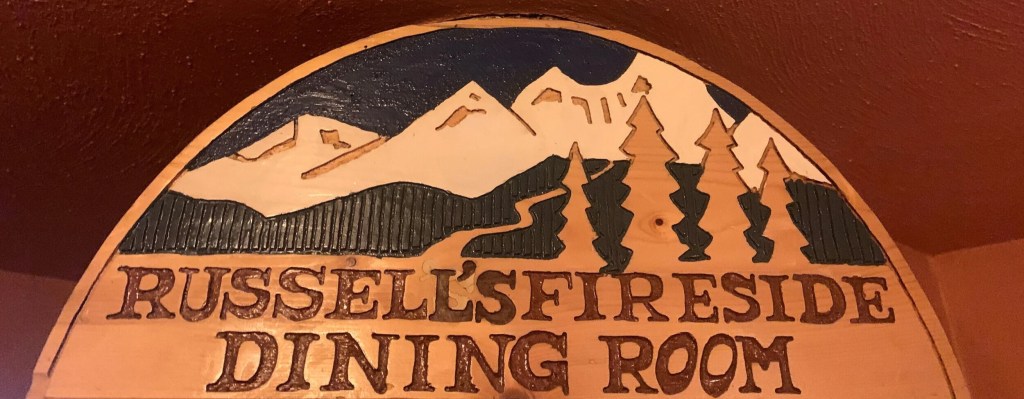As we have discussed in past posts, restriction requirements can cause many undesirable results, not the least of which are a significant increase in client costs due to the filing of multiple divisional applications. While of course there are situations where a client may strategically desire restrictions and serial divisional filings, smaller clients with limited funding can sometimes be pushed to abandonment merely because of restrictions.
Fighting restrictions is something few try, but for those who do there are paths to success. That is not to say that the Office will not use every trick in the book to deny petitions – the practitioner needs to know these tricks and plot a course taking them into account.
One of the issues with restriction petitions is timing. Much like the quote “timing in life is everything”, timing your petition is key. That said, there is generally no single “right” time that applies to all cases. It all depends on your client’s goals, your prosecution strategy, and the facts of your case.
As an initial matter, and as everyone reading this should know, once there is a restriction, the applicant must traverse immediately to reserve the right to petition. 37 C.F.R. 1.144; MPEP 818.03(c). After that is handled, the next questions are whether and when to petition. This issue is complicated by the fact that there is no real requirement (with teeth) for the USPTO to decide your petition in a timely manner. Sometimes the USPTO decides the petition right away, and sometimes they delay. A cynic would look at some of the data and assert that the USPTO strategically times its decisions so that it can maximize dismissal of restriction petitions for mootness, but who’s to say.
LATE/DELAY
Some applicants may wish to delay the petition. There is the chance that claims can be rejoined and perhaps the issue becomes moot. Further, an applicant may want to see how prosecution goes before spending the resources on a petition. As another example, coordination of the petition with a final rejection can enable a new non-final and avoid an RCE. This blog is filled with examples of these issues. Thus, there are a whole host of situations where delaying the petition can be strategically advantageous — but there is a limit. One must petition the restriction before appeal. 7 C.F.R. §1.144. And to the USPTO, that means before the Notice of Appeal (gotcha).
EARLY
Sometimes there is a desire to nip the restriction in the bud and root out it before it takes hold. But the USPTO has a built-in delay mechanism in that one cannot file a petition against a restriction until it has been made “final.” 37 CFR 1.144. Petitioning too early can cause the petition to be dismissed as moot. Also, filing a petition earlier in prosecution, even after the restriction is made final, may result in the petition simply sitting and waiting while deadlines continue to roll in.
But that does not mean an early petition cannot be effective. One example is by NXP Semiconductor (Sn 14/722,800). Here, NXP petitioned immediately upon responding to the restriction, and less than 2 months later (and before the substantive first Office action) received a negative decision (dismissing the petition as being untimely). But, when the first action came, the restriction was withdrawn by the Examiner. Perhaps letting the examiner know that a petition was coming (by actually preparing and filing it) gave the examiner sufficient motivation to actually consider the traverse. Or perhaps there were some behind the scenes communications letting the examiner know that the restriction was problematic. In either case, while the petition was technically dismissed, the end result was exactly what the applicant wanted.
So, whether you file early or late, be strategic in responding to restrictions and do not hold back with a petition.

Leave a comment